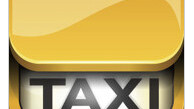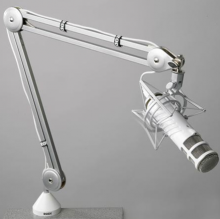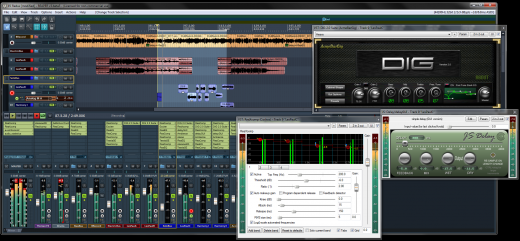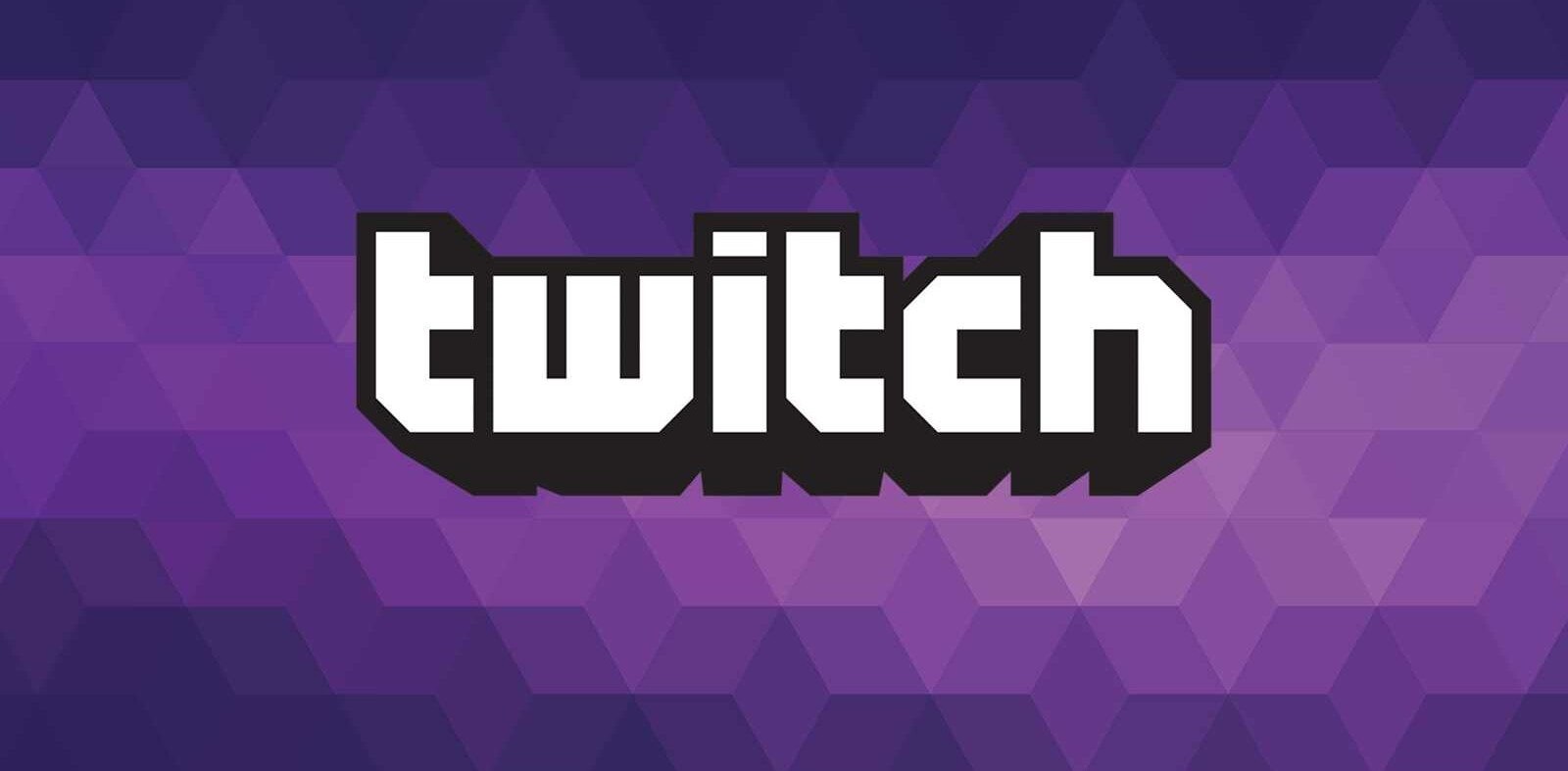
So you want to start a podcast, eh? In this age where anybody can fire up a computer, easily edit some audio and then publish it onto the Internet, it’s almost as common to have a podcast as it is to have your own blog.
But let’s face it, a good number of the podcasts out there just suck. They’re painful to listen to, they’re dull at best and that’s if you can even find them to begin with. Podcasting has more of an art to it than most people will care to admit. There’s some science behind making it sound good and some homework required to meet your audience.
With these things in mind, I wanted to give you 5 key elements to making sure that your podcast succeeds. Having hosted a number of them over the years, and now sitting at the helm of TNW Sessions, I’ve picked up some great tips so here they are.
1. Plan Your Podcast
One of the greatest things I’ve ever learned actually came from my wife-to-be. She’s a serial podcaster and has had at least one going at any given time for the past 7 years. While you might have a huge interest in a subject and you want to talk about that, you need to do some planning.
A good rule of thumb is this – If you’re doing a subject-oriented podcast, you need to think of 30 shows before you start. If you can come up with 30 then you have a good footing to get your podcast off the ground. If you’re doing a podcast that will cover current events, you need to look at the market and see what’s already being done. Don’t copycat; innovate instead. Make your content your own and find a way to present it that’s not presently being done.
2. Find Your Home
The thing about a podcast is that it’s just an audio file, hosted somewhere, with an XML file attached to it. The XML file gives the information about the podcast as a whole, detailing the episodes. The XML file is what is read by podcast clients, such as iTunes, Google Listen and the rest. It’s what tells people “hey, there’s a new episode”. In short, you can host this anywhere you’d like, as long as you’re pointing the different tracking services to it.
The audio file is really your biggest concern. For TNW Sessions, we host our audio files on SoundCloud. However, SoundCloud’s RSS function is still in a very private beta, so that’s probably not an option for you. You’ll need to decide if you want to host the files on your own server, on a paid service or some other option. In short, what you’re looking for is somewhere that you can upload once then distribute anywhere. Unfortunately, that’s not always an option. Do yourself a favor and find the one that comes closest to this description.
3. Craft Your Sound
 There’s a minimum of equipment required to start a podcast. In fact, pretty much all it takes is a microphone and some recording software. Most laptops have a microphone built in, but they’re terribly unsuited for even mediocre recordings.
There’s a minimum of equipment required to start a podcast. In fact, pretty much all it takes is a microphone and some recording software. Most laptops have a microphone built in, but they’re terribly unsuited for even mediocre recordings.
I use and recommend Blue Microphones heavily. I own 4 different USB models and I’ve owned some of the company’s professional gear, as well. But for recording a basic podcast, I’d recommend the Blue Snowball (you can hear a side-by-side comparison of 3 Blue mics in my roundup). If you want to step up a few bucks, grab the Blue Yeti or RØDE Podcaster and be amazed at how great they sound.
If you want some intro or theme music, there are a lot of options out there. You can search for royalty-free audio (commonly known as “podsafe”) on a number of different sites. This music typically requires that you do nothing more than give attribution as to where you acquired it, but in some cases might cost you a couple of dollars to download.
Remember, everything from your theme music to the sound of your voice and how cleanly your podcast is edited will contribute to your sound. High-quality rendering isn’t necessary for a voice-only podcast, so you can save a huge amount of file size by rendering it in mono audio at around 96 kHz. If you’re doing music, you’ll want to go higher and in stereo.
The little-known fact here is that people will run away from something that sounds bad and they’ll flock to what sounds good, even if they don’t consciously realize what they’re hearing. High fidelity recording, edited cleanly, will set your podcast out in front of the rest of the pack without you even having to try very hard.
4. Choose Your (Recording) Weapon
So you’ve solidified your idea, you’ve got a great microphone…now what? Well, you’ll need some recording software. There are a number of very viable options out there, so here’s a few that you should consider:
- Audacity – The go-to standard for free audio recording software. It’s not massively powerful, but this simple, cross-platform audio editor has been just the right answer for millions of users.
- GarageBand – For you Mac users, GarageBand is an excellent choice. Available as part of the iLife suite, or as a $15 stand-alone application, it has presets for recording podcasts and can help you along the way.
- Reaper – For me, this is the only choice. I’ve used literally hundreds of audio editing programs over the years and very few have even held a candle to what Reaper can offer. Best of all, as powerful as it is, it’s available for as little as $40 for non-commercial use. There’s absolutely nothing on the market that can compare.

Whatever one you choose, spend a few days playing around with it to learn how it works. There are great tutorial videos all over YouTube for every one of these, so those will probably come in handy.
5. Be. Freaking. Everywhere.
It used to be enough to have your podcast listed on iTunes. As time has moved on, distribution channels have opened and have become incredibly successful. In fact, TNW Sessions sees the majority of its listens directly via SoundCloud, even though we have a high number of iTunes subscribers, too.
Not all sites are created equal, but the good ones are very good. PodcastAlley, Podcast.com and Podcast Bunker are some of the most recognized, with the widest reach. To make sure that you’re appearing in more ears, though, you’ll want to get hooked up with Stitcher Radio. Stitcher is a mobile application that lets people listen to podcasts in a radio format, instead of having to find them by dumb luck.
With literally millions of podcasts being recorded on a daily basis, it’s easy to get lost in the crowd. Making sure that you’re listed on the best of the best sites can help you keep your head above water while you build an audience.
Podcasting should be fun, but in order for it to be fun you’ll need an audience. Gathering that traction isn’t easy, but the good stuff in life rarely is. There’s no foolproof way of knowing that your podcast will be successful, but if you have something that you love to talk about, following these 5 tips will surely help.
Get the TNW newsletter
Get the most important tech news in your inbox each week.





